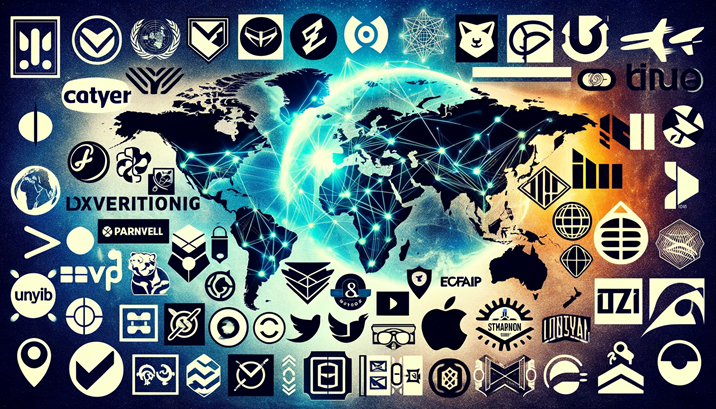The world is a big market, and every startup wants to grab it. There are plenty of ways for startup global expansion. But, there are many challenges as well. I have studied companies directly jumping into the process of opening their business in a different country. And, trust me, they fail big time.
For example, when Gillette first launched their razor blade in India, it failed due to improper research. I hope that you are not willing to make the same mistakes. I will give you a perfect approach that suits your startup in making it a multinational business.
As I said, there are challenges, and we need to tackle them step by step. First, you need to understand that every business works differently. Your product is the reason behind it because every product has its pros and cons.

Smart entrepreneurs like you, should be able to use them in your favor. So, there are two ways to sell your product beyond your border. First, produce locally and sell globally. Second, build everywhere and sell everywhere. Let’s discuss all three ways one by one.
Local Production and Global Distribution
I believe most of the businesses fall under this category. Small startups are generally producing and selling their products in the local market. Even if a startup is big enough to serve a whole nation, we count it as a local market. Tech startups are one of the best examples of this category. They usually work in a room and sell their product globally.
An offline market example would be Apple. They manufacture iPhone products in China and distribute them worldwide. But, I understand that your business is not a giant like Apple so, we will take a small entrepreneur example.

We all know that Indian Sarees are very famous all over the world. For those who do not know, a Saree is ethnic wear for Indian women. These Indian-made sarees are delivered all over the world. And, there are thousands of people who are in this business.
According to Precedence Research report, global E-commerce market size is projected to hit around USD 57.22 trillion by 2032 from USD 16.27 trillion in 2023. My point is that if you have a local product, you need a global distribution system.
I have given you three completely different examples that fit in with our first approach of going global. Such a product must collaborate with distribution channels like Amazon, FedEx, Google play store & Apple store for tech companies. The best thing about your product is that you don’t have to customize them according to each geographic location. These products have global acceptance.
If you have such a product that makes sense in producing it only locally, then a strong distribution channel is the way to globalize your business. The required cost for globalizing is affordable for such startups.
Produce and Sell Globally
The food chains are the best example of this approach. All the major global food chains such as McDonald’s, KFC, Dominos, Baskin Robbins, and many more were small businesses on the streets. And, now they are one of the biggest food chains globally. If you look closely, you will find one common thing among all of them. They all make or produce their product wherever they go in the world. Most of them even customize their product as per the geographic location.
The burger you eat in the United States can taste very different in an Asian country. Even Nike has to explain the different sizes in the UK, USA, Europe, and Asian countries. Just imagine how weird it would be if you order a pizza from Italy. Don’t even ask about the cost of bringing pizza from Italy to a remote location in Africa. It means that you have to adopt the local behavior everywhere you go. My point is that if you don’t have a globally accepted product, customize it in the local region in each part of the world.

Even for a technology company that produces tax solution software, they need to customize the software as per the tax laws of the region. The solution is that you need a local distributor if your product falls into that category. The best way to go global is using a franchise model. Startups might need fundraising for expanding their business beyond borders. Local resources and infrastructures also play a crucial role in these global startups.
I hope you have a clear vision of how you need to approach a global market. Entrepreneurs takes tax laws, payment compliances, currency exchange, regional banks, etc. in consideration, but, they eventually fail their product. Once you have a clear path, you can outsource all compliance-related stuff. In conclusion, first, you need to understand your product and find the best way to globalize it. Make necessary adjustments as per the region and go for compliances related stuff. In the end, launch your company in a different market with as per compliances. I hope this article helped you understand how big startups approach their global launch. Please share it with your fellow entrepreneurs.

